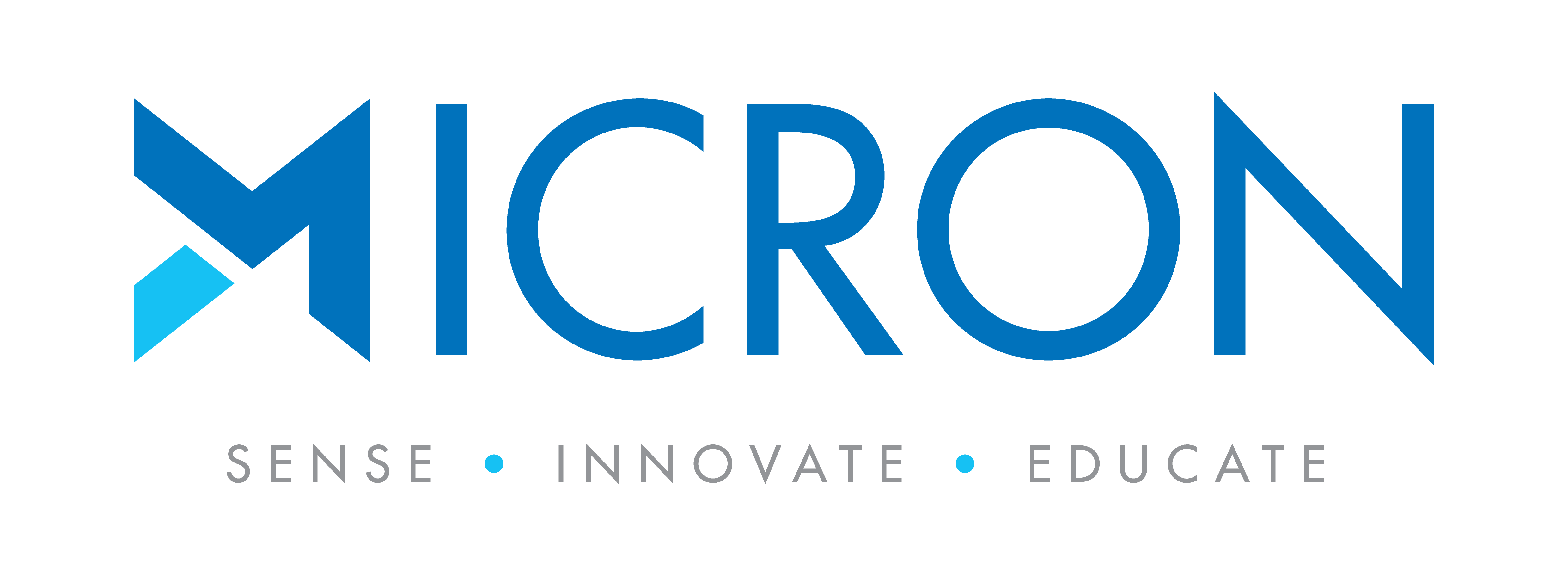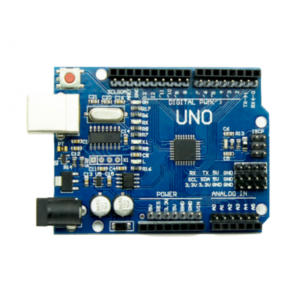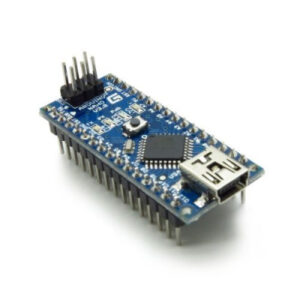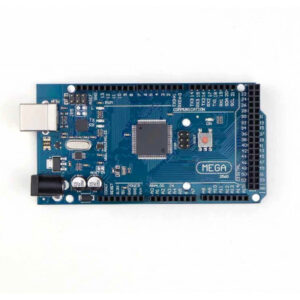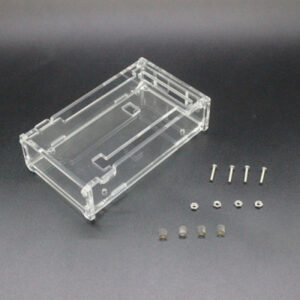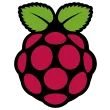USB A Male to mini B Cable – Cable for Arduino Nano
USB A Male to mini B Cable – Cable for Arduino Nano
Related products
-
Arduino, Arduino Development Board's
UNO R3 SMD Atmega328P Board – Clone Compatible Model
0 out of 5(0)UNO R3 SMD is the open source Embedded Development board based on Atmega328 SMD Package Microcontroller. Because Atmel is moving more and more of their production capacity to surface mount ICs, the DIP packaged ATmega is becoming more and more difficult to get. To keep up with demand, we now offer the Uno R3 with an SMD ATmega. The board is identical to the PTH version of the Uno, but you won’t be able to remove the ATmega without some hot-air. This change shouldn’t affect most users
SKU: n/a -
Arduino, Arduino Development Board's
NANO V3.0 Development Board – Clone Compatible Model
0 out of 5(0)NANO Version 3 is the open source smallest Embedded Development board based on Atmega328 SMD Package Microcontroller. It is a Surface mount Breadboard Friendly board integrated with Mini USB Port. DC Power Jack is not available on this Board, so power can be given through Mini USB Cable. It automatically sense and switch to the higher potential source of power, there is no need for the power select jumper.
SKU: n/a -
Arduino, Arduino Development Board's
Mega 2560 R3 Board – Compatible Model High Quality
0 out of 5(0)The Mega 2560 R3 is an open source precise microcontroller board Successor to the Mega based on the ATmega2560 SMD chip.The Mega 2560 R3 also adds SDA and SCL pins next to the AREF. In addition, there are two new pins placed near the RESET pin. One is the IOREF that allow the shields to adapt to the voltage provided from the board. The other is a not connected and is reserved for future purposes. The Mega 2560 R3 works with all existing shields but can adapt to new shields which use these additional pins.
This Board has 54 digital input/output pins (of which 15 can be used as PWM outputs), 16 analog inputs, 4 UARTs (hardware serial ports), a 16 MHz crystal oscillator, a USB connection, a power jack, an ICSP header, and a reset button. It contains everything needed to support the microcontroller. Using the board is also very easy, simply connect it to a computer with a USB cable or power it with DC adapter or battery to get started. The Mega 2560 R3 board is compatible with most shields designed for Genuino Uno and the former boards Duemilanove or Diecimila.
SKU: n/a -
Arduino, Arduino Development Board's
Transparent Acrylic Glossy Case Enclosure Box For Mega 2560 R3
0 out of 5(0)Transparent Acrylic Case Enclosure Glossy Box For Mega 2560 R3 is made by high grade acrylic, which provides excellent protection. This is unique design provides easy connection to other components. The dimension of enclosure box is the same as original MEGA2560 R3.
Note : This product only includes the case, there is no Mega2560 R3 board inside of the package
SKU: n/a

